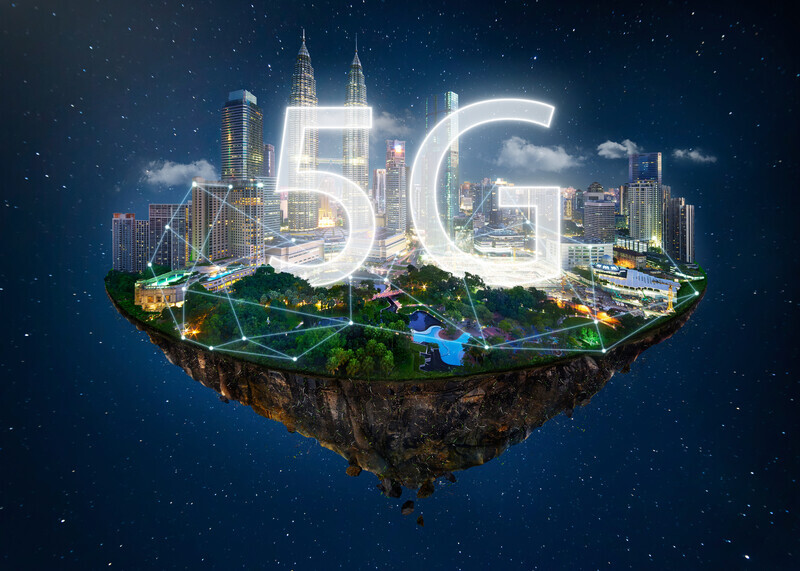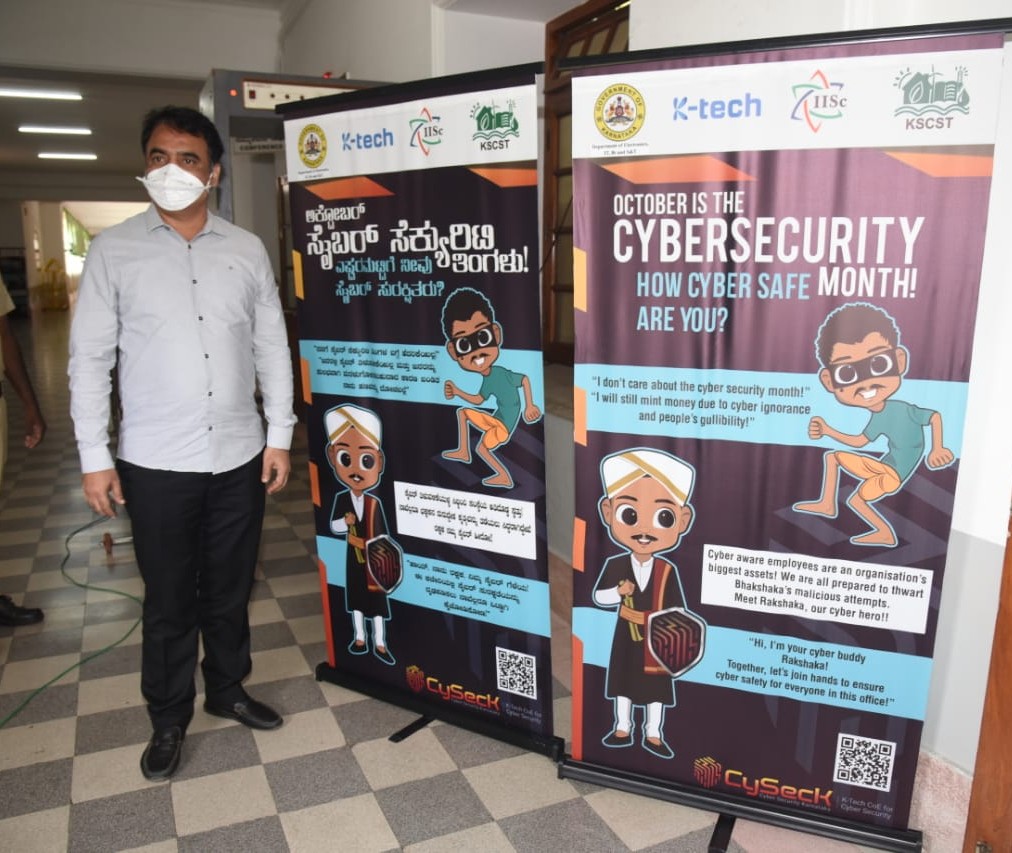Bengaluru, NFAPost: Swedish multinational networking and telecommunications company Ericsson has been selected by SoftBank Corp to deliver cloud native 5G Core for SoftBank’s 5G Standalone Network.
Besides Ericsson Cloud Packet Core, Ericsson Cloud Unified Data Management and Policy, the solution includes Ericsson NFVI. The Stockholm headquartered solution will play a key role in SoftBank’s operational transformation.
Zero-touch operation, including continuous delivery and integration processes (CI/CD), is made possible through container-based microservice architecture and its automation capabilities.
Broadband users
Ericsson’s dual-mode 5G Core provides SoftBank with capabilities that enable the development of new 5G use cases for mobile broadband users, as well as for enterprises and industry partners. Ericsson and SoftBank have been continuously collaborating in developing and deploying 5G technologies throughout the Japanese market including 5G RAN and 5G EPC. In May 2019, Ericsson was selected by SoftBank as its primary 5G radio access network (RAN) vendor.
Commenting on the partnership, Softbank Chief Information Officer and Senior Vice President Keiichi Makizono says Japan is a leading 5G telecom market and together with Ericsson the company is building a new platform of innovation for the country.
“Under our new agreement, we will extend our long-term partnership and provide a high quality and future-proof platform enabling a new wave of innovation for Japanese society,” says Softbank Chief Information Officer and Senior Vice President Keiichi Makizono.
Dual-mode 5G Core
Head of Expressing happiness over the development, Ericsson Japan Head Luca Orsini said Ericsson’s cloud native dual-mode 5G Core provides the cutting-edge container-based microservice architecture.
“This will help SoftBank to both develop new business models towards consumers, enterprise and industry partners as well as to move onto the next level of network operational efficiency,” said Ericsson Japan Head Luca Orsini.
Ericsson currently has 99 commercial 5G agreements or contracts with unique operators and supports 54 live 5G networks worldwide.
The world’s connectivity needs are changing. Global mobile data traffic is expected to multiply by 5 before the end of 2024. Particularly in dense urban areas, the current 4G networks simply won’t be able to keep up.
With 5G networks being switched on, the first use cases are enhanced mobile broadband, which will bring better experiences for smartphone users, and fixed wireless access, providing fiber speeds without fiber to homes.
Wave of innovation
5G is enabling a new wave of innovation. It has the potential for changing the world, further powering the hottest trends in tech today: IoT (Internet of Things), AI (Artificial Intelligence) and AR (Augmented Reality) – among many more.
Speaking at the recent 2020 GTI Summit, Ericsson President and CEO, Börje Ekholm said that the killer 5G app will not be evident until the infrastructure is in place.
“We do know that the killer app will be clear once the infrastructure has been built out and that will create multiples of value compared to the infrastructure itself. As large-scale construction begins and operations mature, the killer app of the 5G era will soon emerge and transform the world,” said Ericsson President and CEO, Börje Ekholm.
Ekholm pointed out that during the 4G era, many tried to identify the killer app, but no one could envisage that transportation would be arranged through ride-hailing apps, food and clothes ordered through mobile and movies downloaded and played from the palm of your hand.
By analyzing 4G lifecycle data across more than 30 countries, Ericsson discovered that high-quality network leaders consistently delivered both higher output and lower churn. With 5G, quality mobile connectivity will become even more important, as this technological transition will serve as a breakthrough opportunity for service providers to move ahead.





